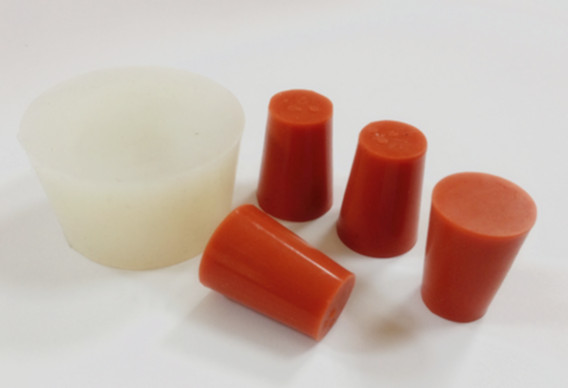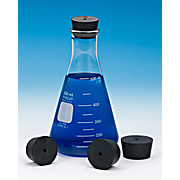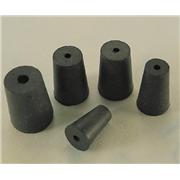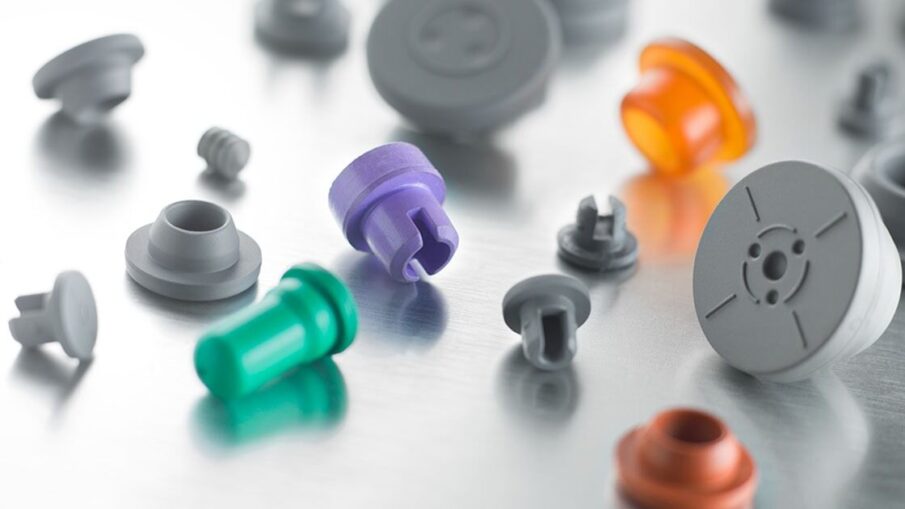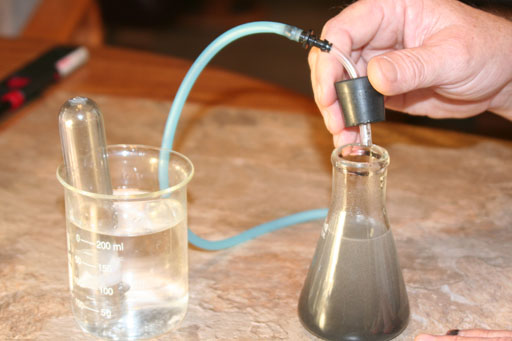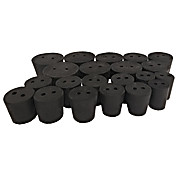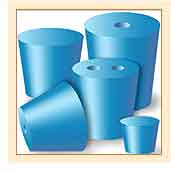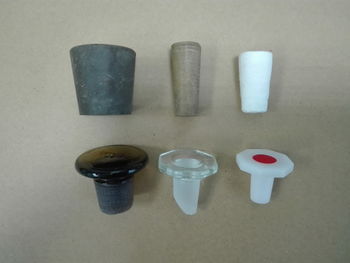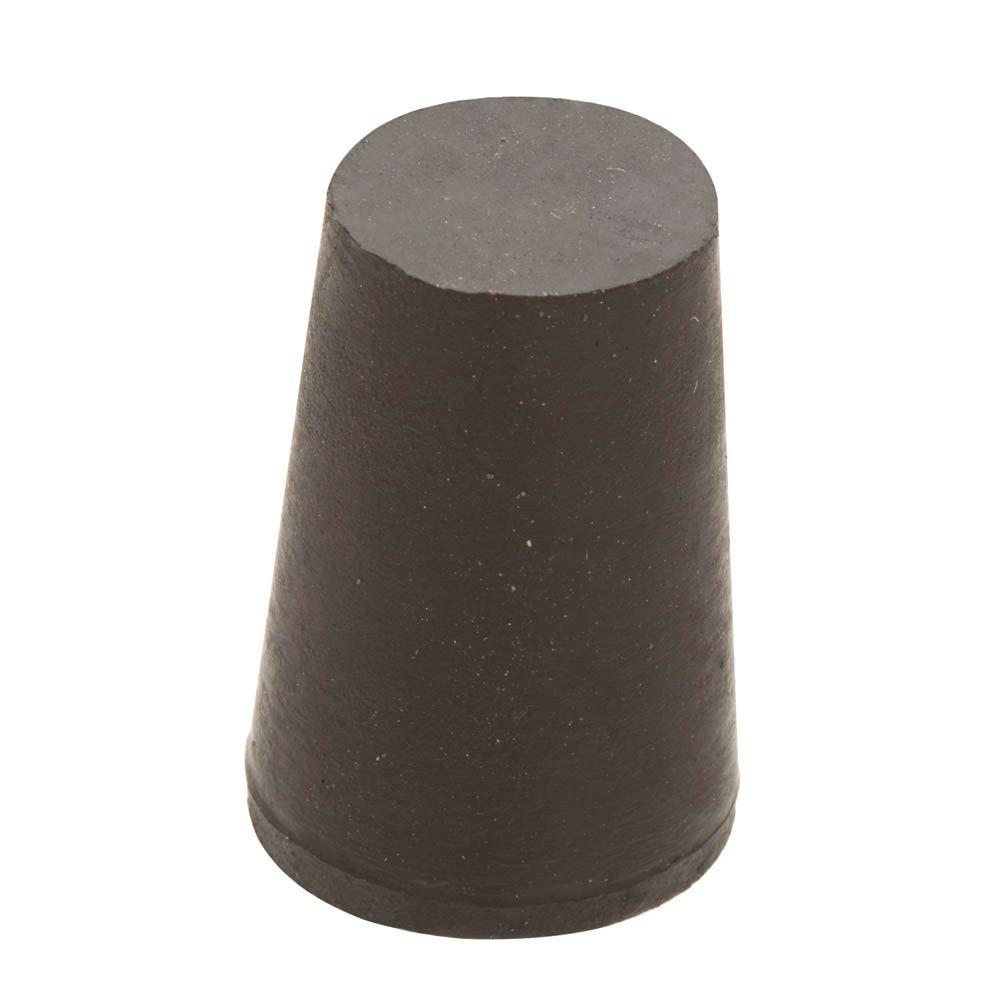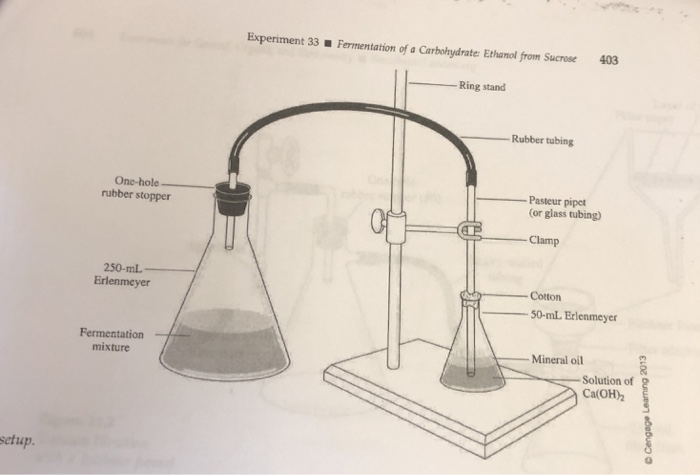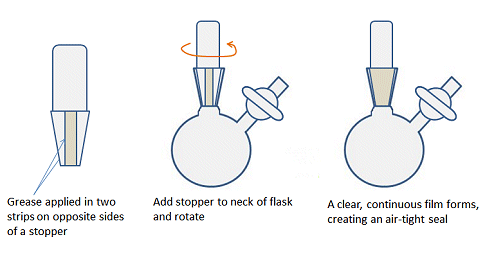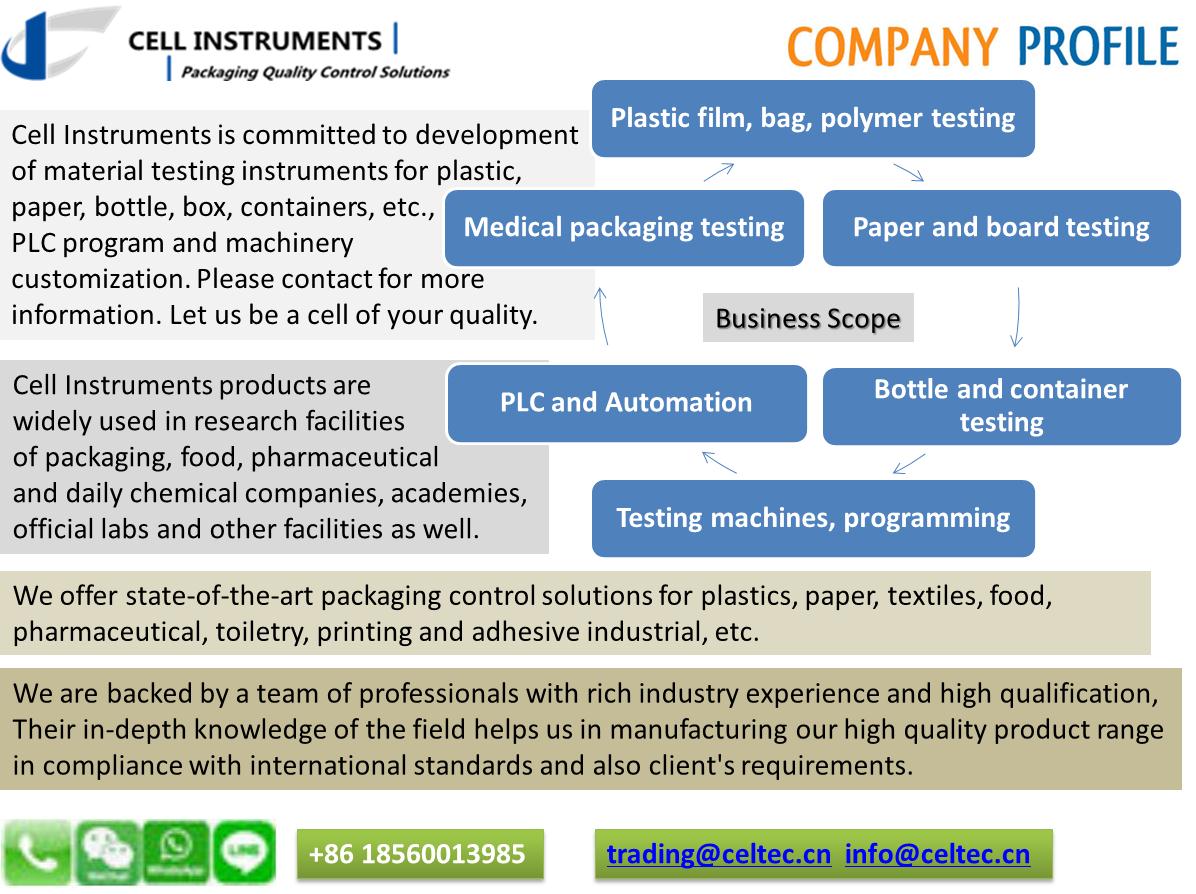A laboratory rubber stopper or a rubber bung is mainly used in chemical laboratory in combination with flasks and test tube and also for fermentation in winery.
What is a rubber stopper used for in chemistry.
Normally liquid chemicals are contained within opaque bottles.
Keep your chemistry experiments clean and safe with rubber stoppers.
Due to the increased use of rubber stoppers they are being produced on a large scale.
Some lab work requires a full setup of glassware.
Many companies are producing custom sized rubber stoppers and other rubber parts to meet the requirements of different chemical companies.
A rubber stopper is a small tapered plug used to seal the openings of test tubes flasks and other laboratory glassware.
Use this rubber chemical resistance chart to make sure that the elastomer or o ring seal you choose will be compatible with the particular environment.
Chemists frequently use rubber stoppers in their labs to plug flasks and test tubes.
The chemical compatibility of rubber is extremely important as the rubber can degrade rapidly if the rubber material is not compatible with the environment or media that it comes into contact with.
Used for weighing substances or objects usually in grams.
The kind of rubber stopper used in chemical laboratories is a plug which fits into the top of a test tube or flask often with a hole or holes bored in it for the insertion of a piece of glass tubing.
Erlenmeyer flasks used to heat mix and store liquids.
Evaporating dish used to recover dissolved solids by evaporation.
In 1842 a man called brockedon reported to the british chemistry association that he had invented a stopper for use in chemistry which was a cotton cord bound with flax and coated with rubber.
As the rubber stopper is used in many experiment some specific experiment.
The advantage to the erlenmeyer flask is that the bottom is wider than the top so it will heat quicker because of the greater surface area exposed to the heat.
Rubber stoppers are being used in the chemical industries to store dangerous chemicals in a careful manner.
These sturdy plugs fit tightly into test tubes or flasks to prevent chemical leaks and spills.
Generally in laboratory the sizes of rubber stopper can be varied up to approximately 16 sizes and each of it is specific to certain type of container.
You ll need one or two hole rubber stoppers for those experiments and use 5 mm glass tubing to connect to other apparatus.
Stoppers made of cork are also available for this purpose.
The rubber bung may be used to seal a flask because the user may require the contents.






